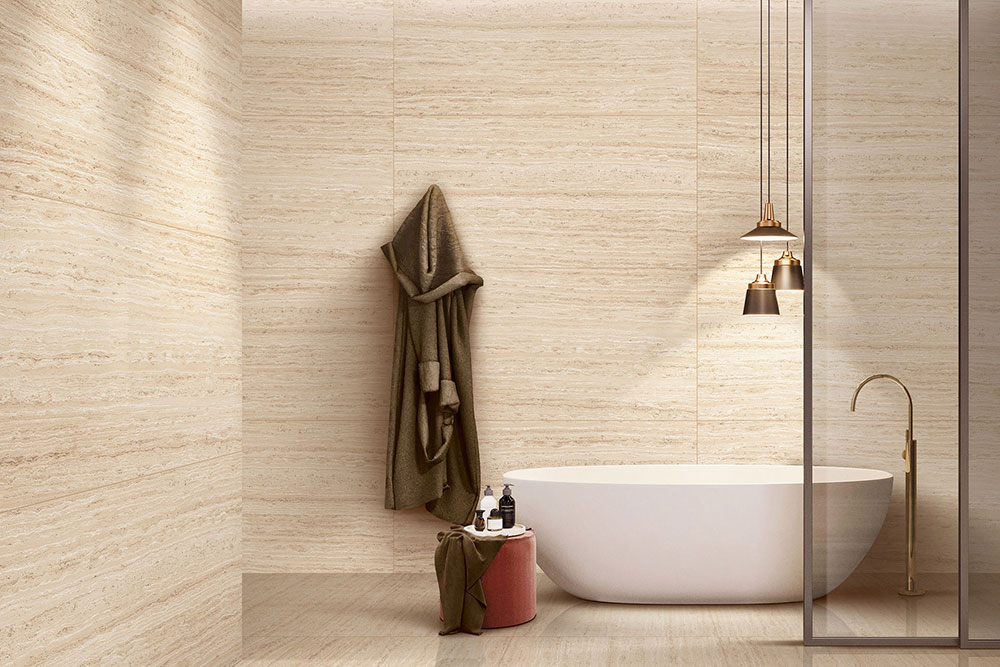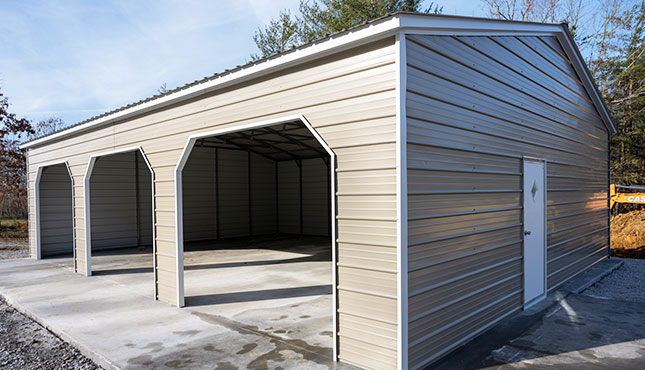
Travertine stone brings the beauty of nature and a durable style to any surface. It is a common backsplash in bathrooms and kitchens. Some homeowners even apply it around the fireplace.
Like any other surface, travertine requires some care to retain its brilliance. This is what you have to know to safeguard it.
Start with sealing
Travertine is porous. This aspect implies that it traps water, oils, and stains when unprotected. This is the reason why sealing is among the most crucial activities in taking care of your wall tiles.
Sealing: Travertine should be sealed immediately after laying. Then, you should reseal it every 1 to 2 years, depending on the place. Kitchens and bathrooms might require more frequent resealing.
How to seal: Use a good-quality stone sealer. It should be suitable for natural stone. Use a cloth or applicator to apply evenly. Then wipe off excess before it dries.
A well-protected travertine wall tile will not be easily stained. It will also be easier to clean.
Clean gently and regularly
Stains from soap scum or grease might accumulate over time. To avoid this, clean them once a week. However, you will not need tough products. Here are some suggestions:
- Avoid acidic cleaners as they may etch the stone, leaving it dull.
- Use soft tools only to prevent scratches.
Wipe spills immediately
Even sealed travertine may stain when you leave spills to sit for too long. If you splash coffee, wine, or oil on your wall, soak it up as quickly as possible.
You might need a poultice to remove stubborn stains. This is a paste made from a cleaner and absorbent substance.
Protect from bumps and scratches
Travertine is strong. However, it is still a stone. It can chip or scratch under pressure. When moving things, be careful not to bump them against your wall tiles.
In the kitchen, do not bump heavy cookware into the backsplash. In the bathroom, avoid leaning heavy objects onto the tiles. Instead, use hooks or shelves. A small amount of care will ensure the surface is smooth and unbroken.
Protect moisture-prone areas
Bathrooms and kitchen wall tiles can be challenging to take care of. In neglected bathrooms, mildew may develop. This is due to moisture and soap residue. To avoid that, wipe down your travertine walls after use to minimize water spots. You can use a squeegee or a towel.
In the kitchen, it is worth considering a protective backsplash sealer. It will provide additional resistance to cooking splatters.
Give it a periodic refresh
Despite the best care, travertine can lose some of its initial brilliance. Stone restoration services can also restore the surface through:
- Polishing
- Honing
- Re-sealing.
This gives it a new life. It is particularly helpful for etched or discolored tiles.
Wrapping up
Caring for travertine wall tiles requires consistency.
- Wipe them down regularly.
- Clean them thoroughly.
- Mop up any spills.
- Monitor the high moisture zones.
These easy habits will ensure that your travertine walls remain beautiful for years.







